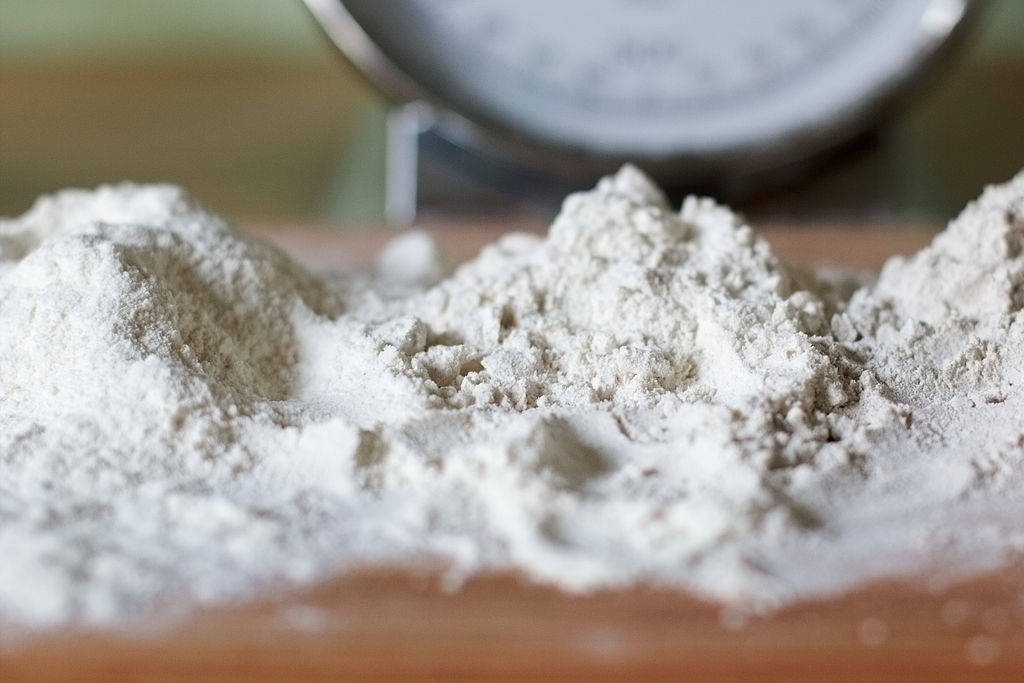Flour: The Very Secret of the Mediterranean Diet
The flour at our disposal may come from wheat (grain), corn, barley, spelt, rice, oats, rye, millet, Khorasan wheat, buckwheat, and chestnuts.
Bread and Pasta
When making bread and pasta, the most important grain is wheat, from which we make white flour. White flour comes from soft wheat, or Triticum Vulgare, and bran, which comes from durum wheat, or Triticum durum.
In Italy, wheat is separated into groups based on the quality of the grain (coarse, fine, etc.) and labeled type 00, type 0, type 1, type 2 and whole wheat. Understanding the difference between grano tenero (soft wheat) and grano duro (durum wheat) is important, since not all kinds of wheat produce the same quality of bread, pasta, sweets or cookies. Products made with one type of flour or another differ widely in a variety of ways, from their color to their protein count to their ability to absorb water to their granulometry. Granulometry measures the size of the grain particles. The greater the particles, the better the pasta. The smaller the particles, the better the bread and products made with yeast.
On the other hand, how well wheat absorbs water depends on the amount of crushed starch. Soft wheat and durum wheat belong to two separate species that form part of the Gramineae family.
So Wheat
Soft wheat flour, so called because the grain is easily broken, has a vague, powdery appearance and small, white granules with rounded corners. Dough made from soft wheat flour is very supple, moderately firm, and usually used for baking bread and products made with yeast, like sweets (cakes, cookies, brioches) or pizza, as well as fresh pasta and egg pasta.
Flour made from soft wheat contains less protein and absorbs less water than flour made from durum wheat.
Durum Wheat
Durum wheat or durum semolina is made with durum that has been ground only once – a large, amber-yellow grain with sharp corners that is difficult to break. The amber- yellow color – affected by the variety of grain – spreads to products made from durum wheat, producing darker foodstuffs than those made from soft wheat flour. Dough produced with durum is tougher and less supple than that produced with soft wheat, making durum better for baking bread (in fact it is used to make homemade bread) than pasta.
With twice-ground semolina, you get durum flour made with less accentuated grains, which is also used to produce bread and pasta. Durum flour contains more protein and gluten than soft wheat flour, absorbs more water, and more effectively breaks down starch. Products made with durum flour keep longer, have a lower glycemic index and contain carotenoids, organic pigments that can eliminate free radicals (antioxidants). Commercial durum wheat semolina used to prepare (sweet and savory) semolina, both pies and desserts, comes from a different type of milling process that produces a coarse grain. Another bit of durum wheat trivia: Durum flour was originally produced in Southern Italy. Nowadays, production has grown to be nation-wide, and Italian law makes the use of durum flour mandatory for producers of pasta.





































i-Italy
Facebook
Google+
This work may not be reproduced, in whole or in part, without prior written permission.
Questo lavoro non può essere riprodotto, in tutto o in parte, senza permesso scritto.